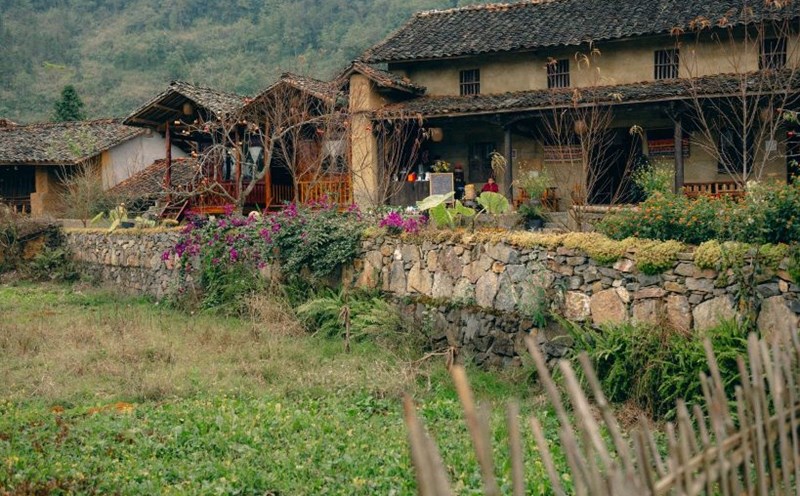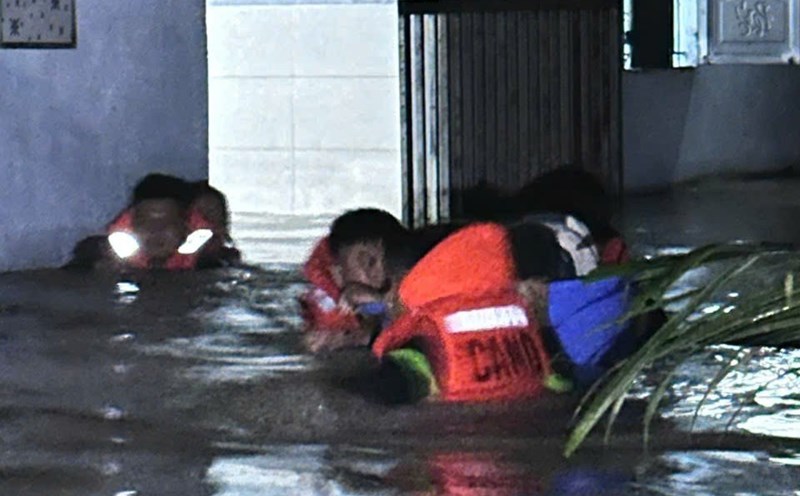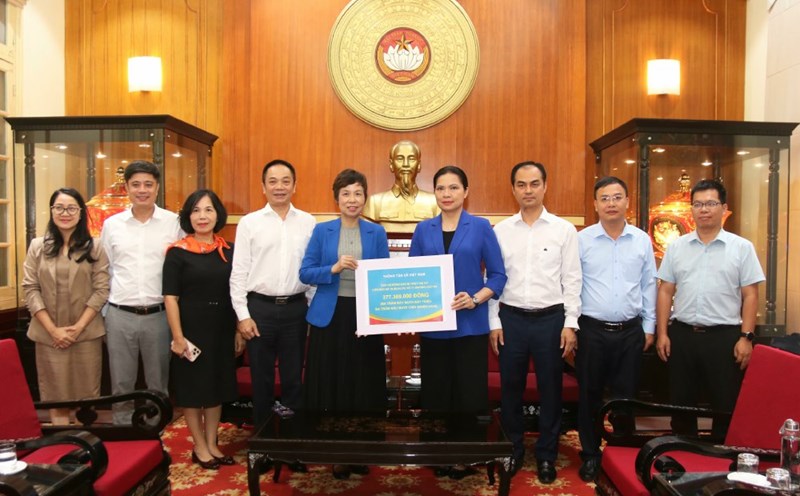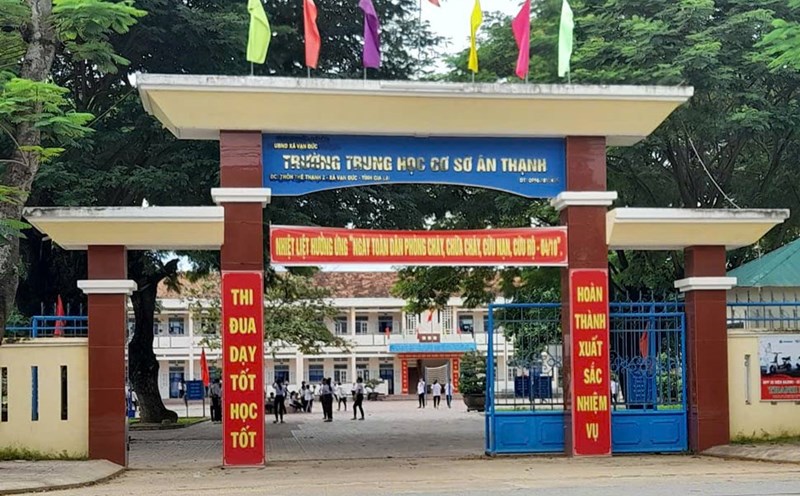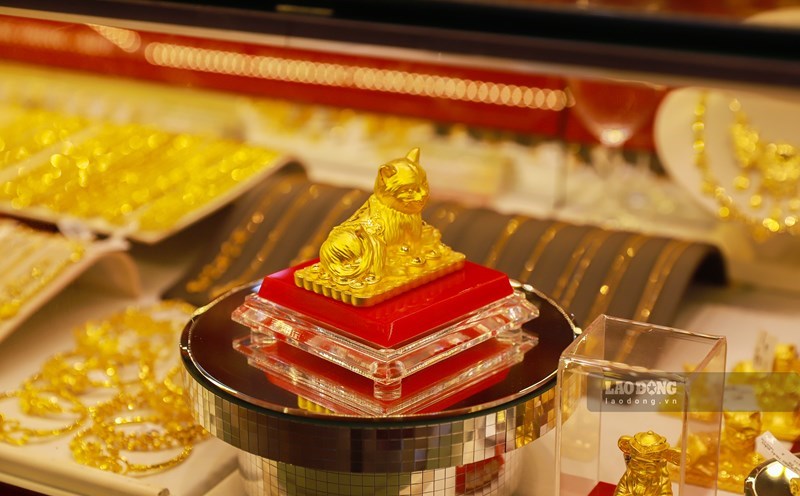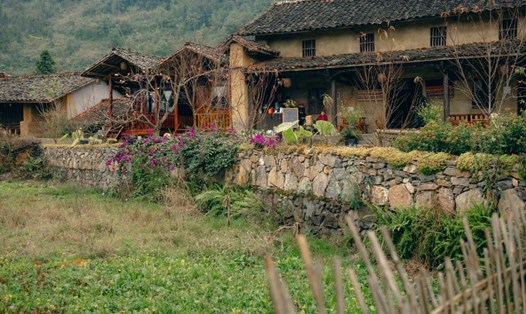From the top of Lung Cu National Flag Tower, you can see the entire Lo Lo Chai village (Lung Cu commune, Tuyen Quang province), this village is only a few kilometers from the northernmost point of the Fatherland. Although tourism has been developed for many years, this place still retains the characteristics of the Lo Lo ethnic group.
The whole village has more than 120 households, of which 56 households participate in the community tourism model. The houses in Lo Lo Chai are mostly rammed houses with surrounding stone walls, many of which are from a few decades to more than 200 years old.
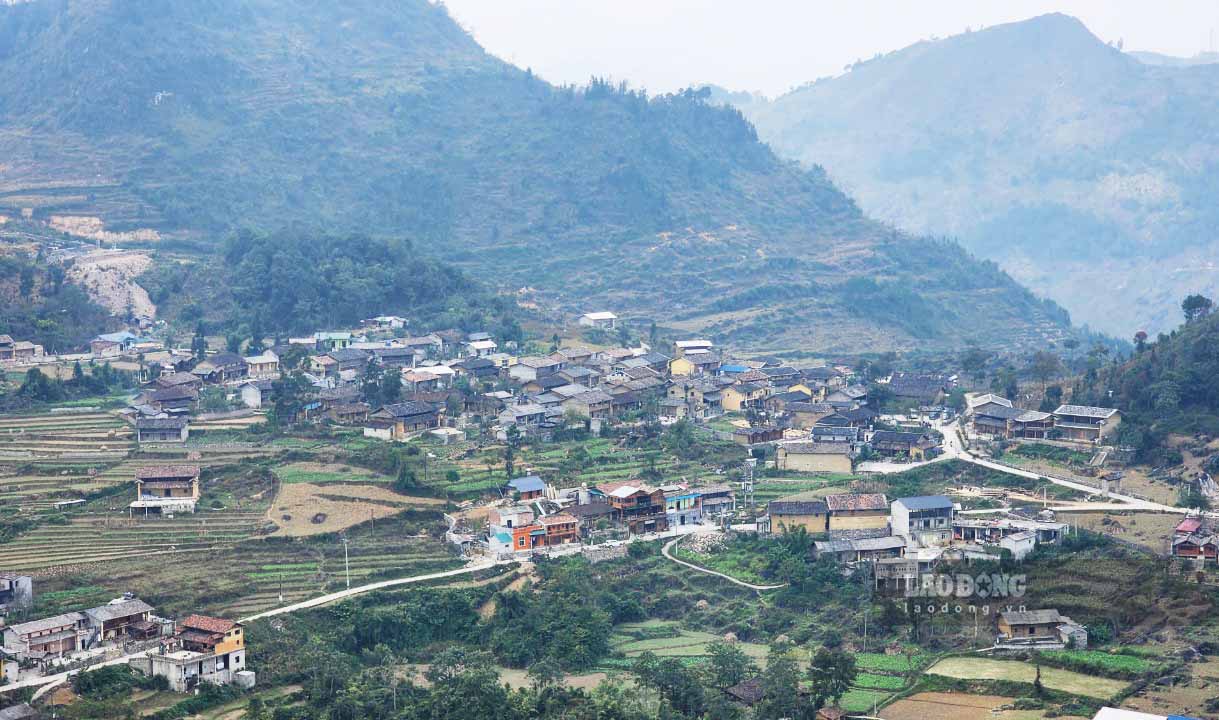
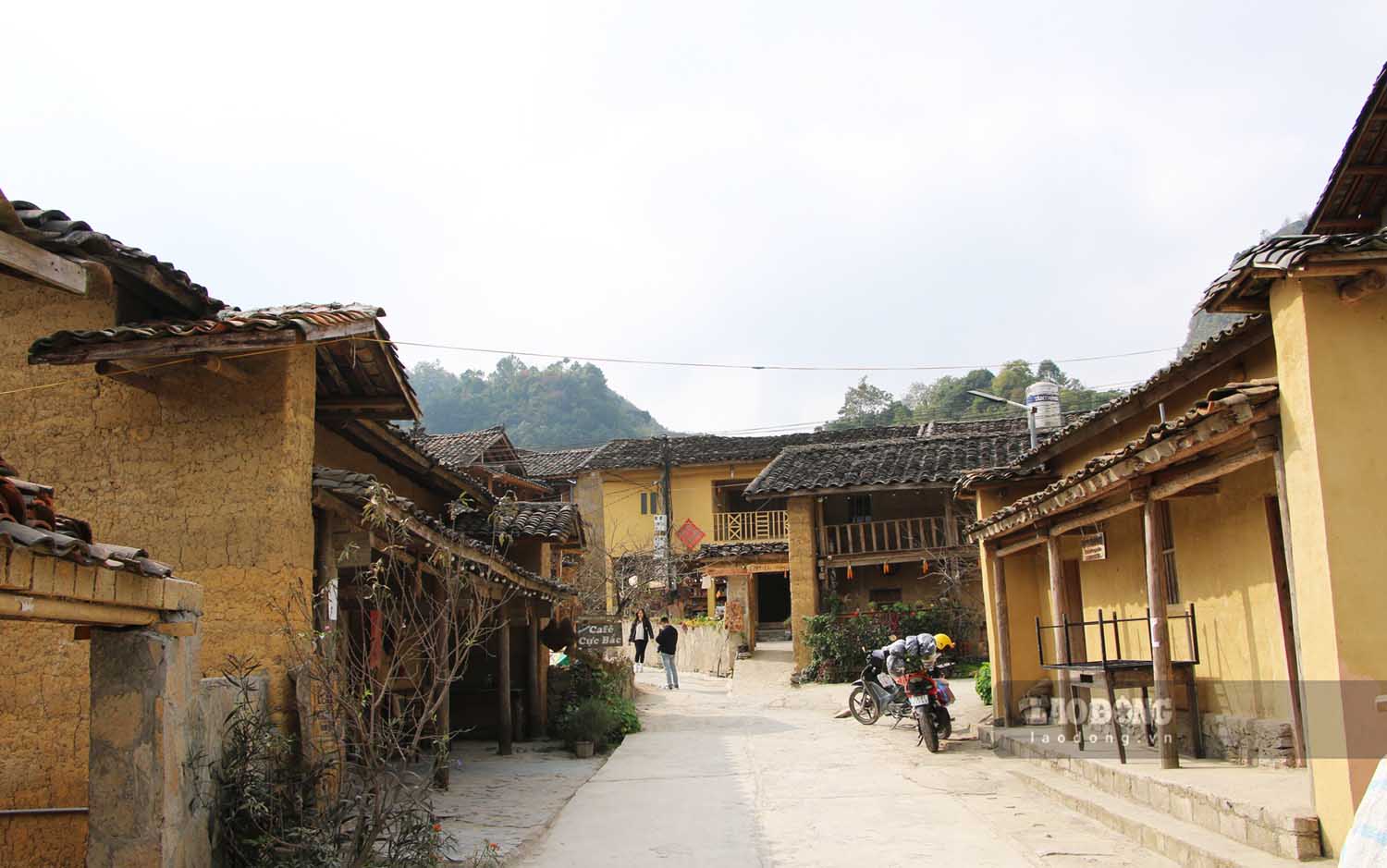
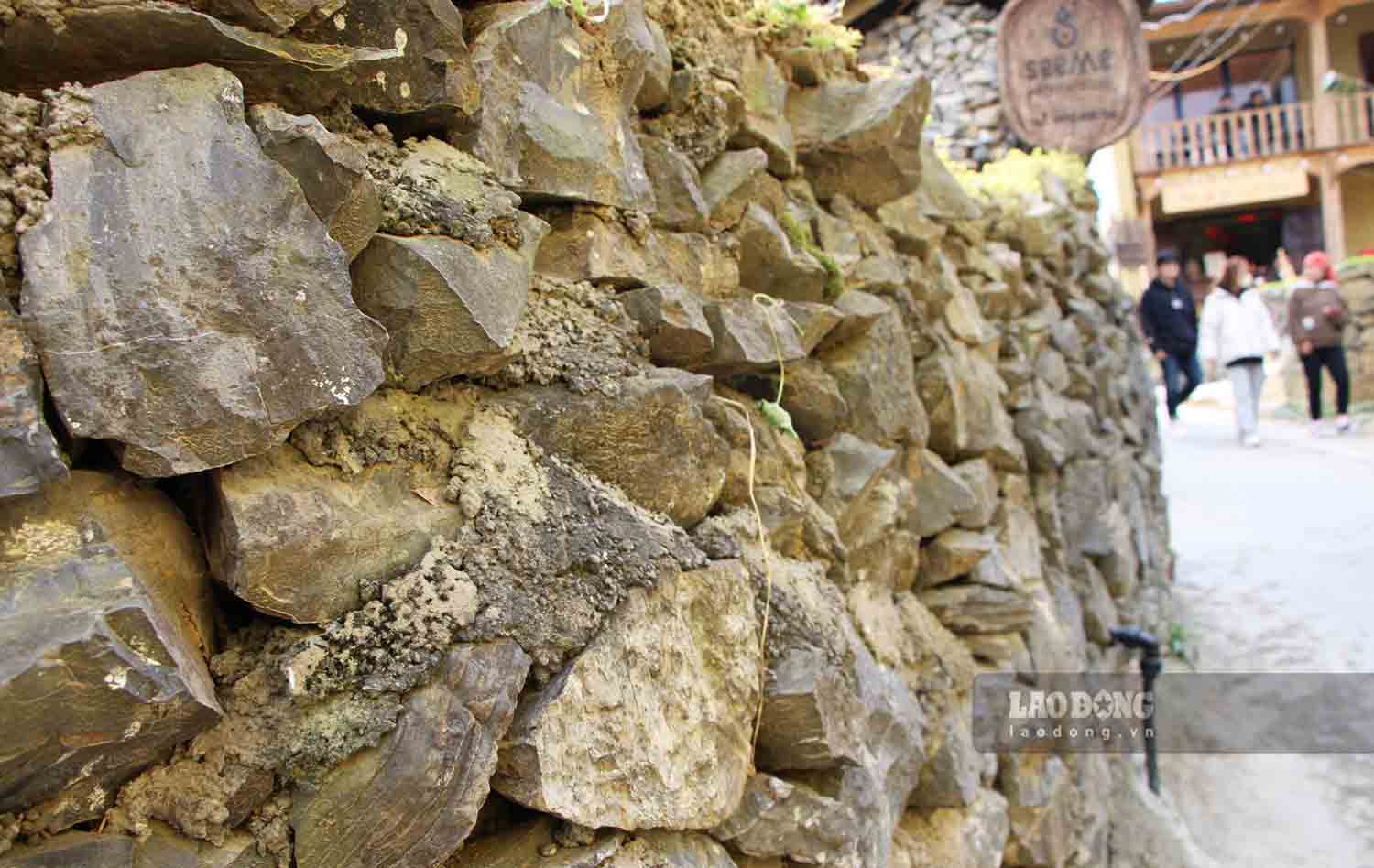
Since 2011, Lo Lo Chai village has started tourism, out of 37 ancient houses, 28 are used as homestays. In early 2022, Lo Lo Chai was recognized as a Cultural Tourism Village and became an attractive community tourism destination for domestic and foreign tourists.
Mr. Sinh Di Gai, a resident of Lo Lo Chai village, said that on average, there are more than 200 guests staying there every day. Thanks to tourism, the village has a new look, and the lives of the people have also improved.
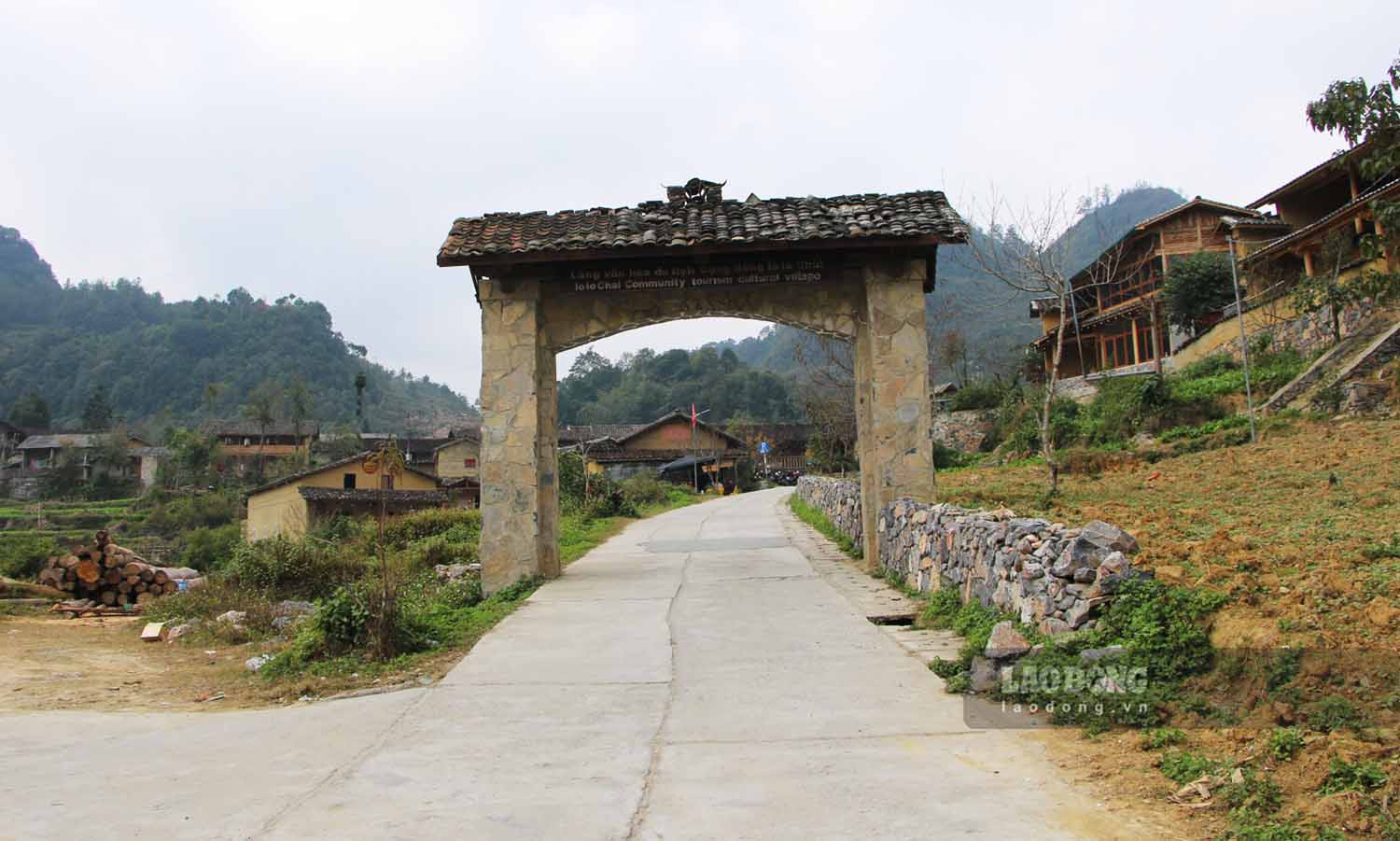
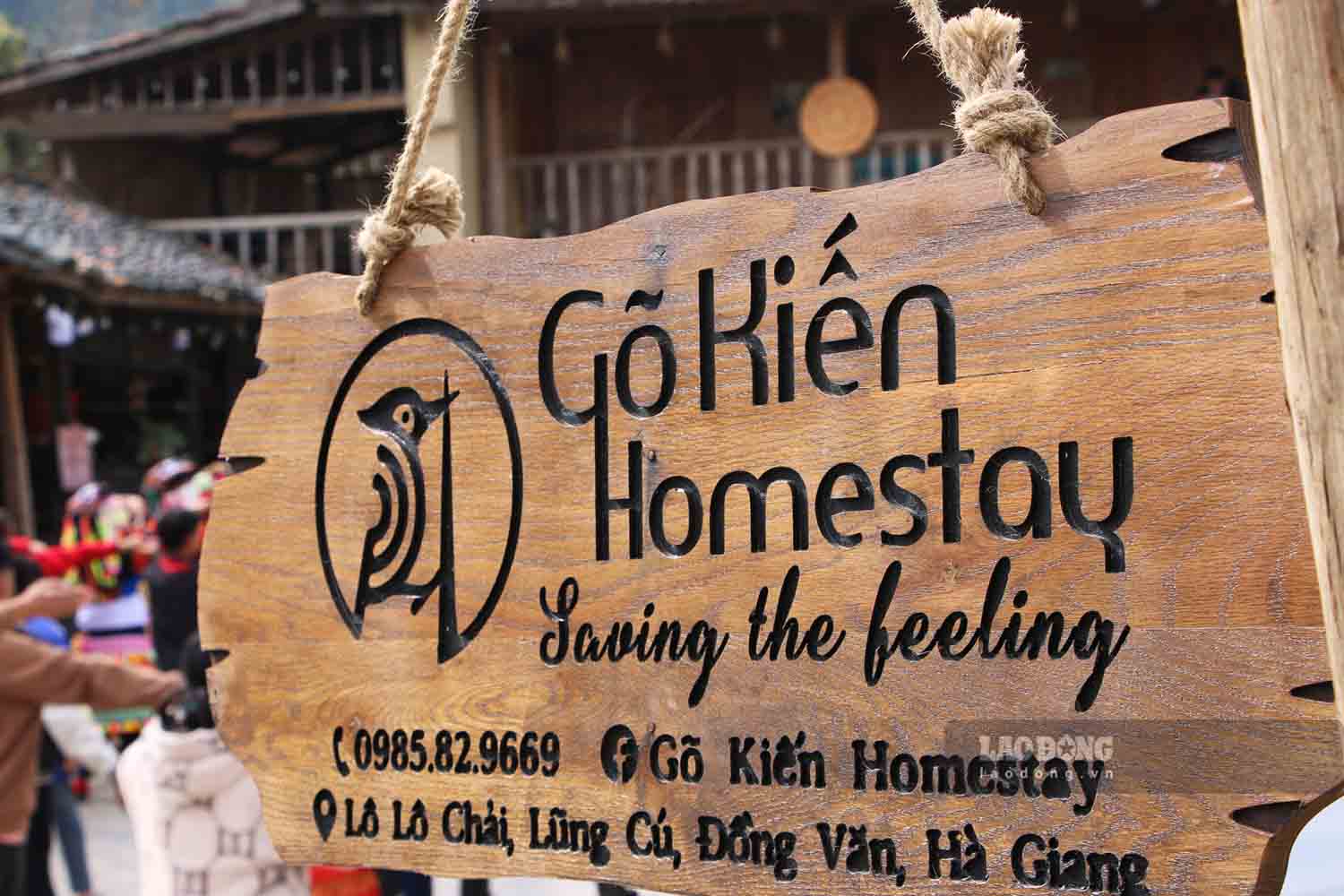
This village is built according to the orientation of sustainable community tourism model, contributing to cultural preservation, economic development and improving people's lives.
Coming to Lo Lo Chai, visitors can immerse themselves in the indigenous cultural space of the Lo Lo people from traditional house architecture to the lifestyle and cuisine of the people.
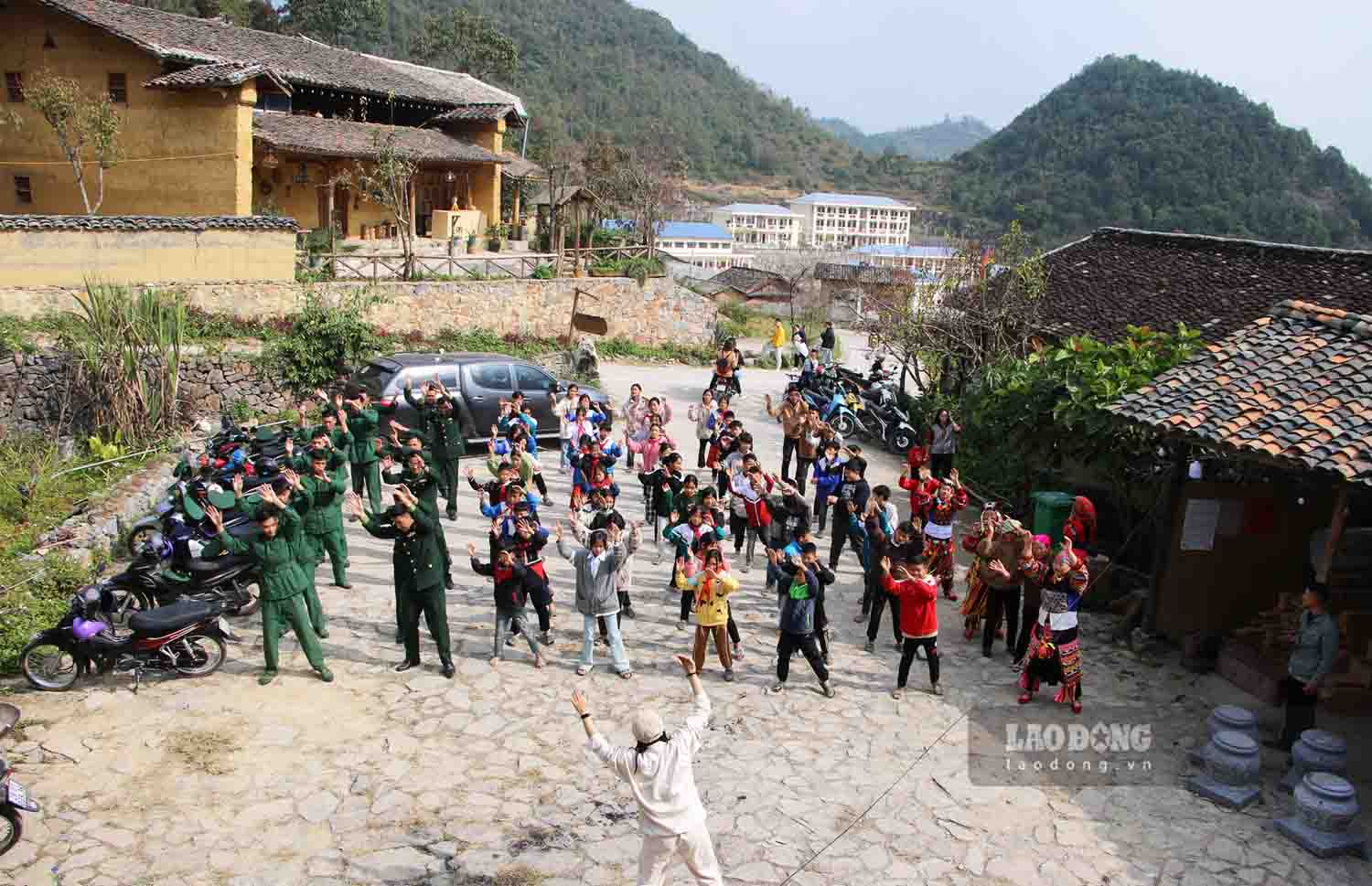
On October 17, 2025, in Huzhou City, Zhejiang Province (China), Lo Lo Chai officially appeared in the list of the most typical tourist villages in the world, announced by the United Nations Tourism Organization.
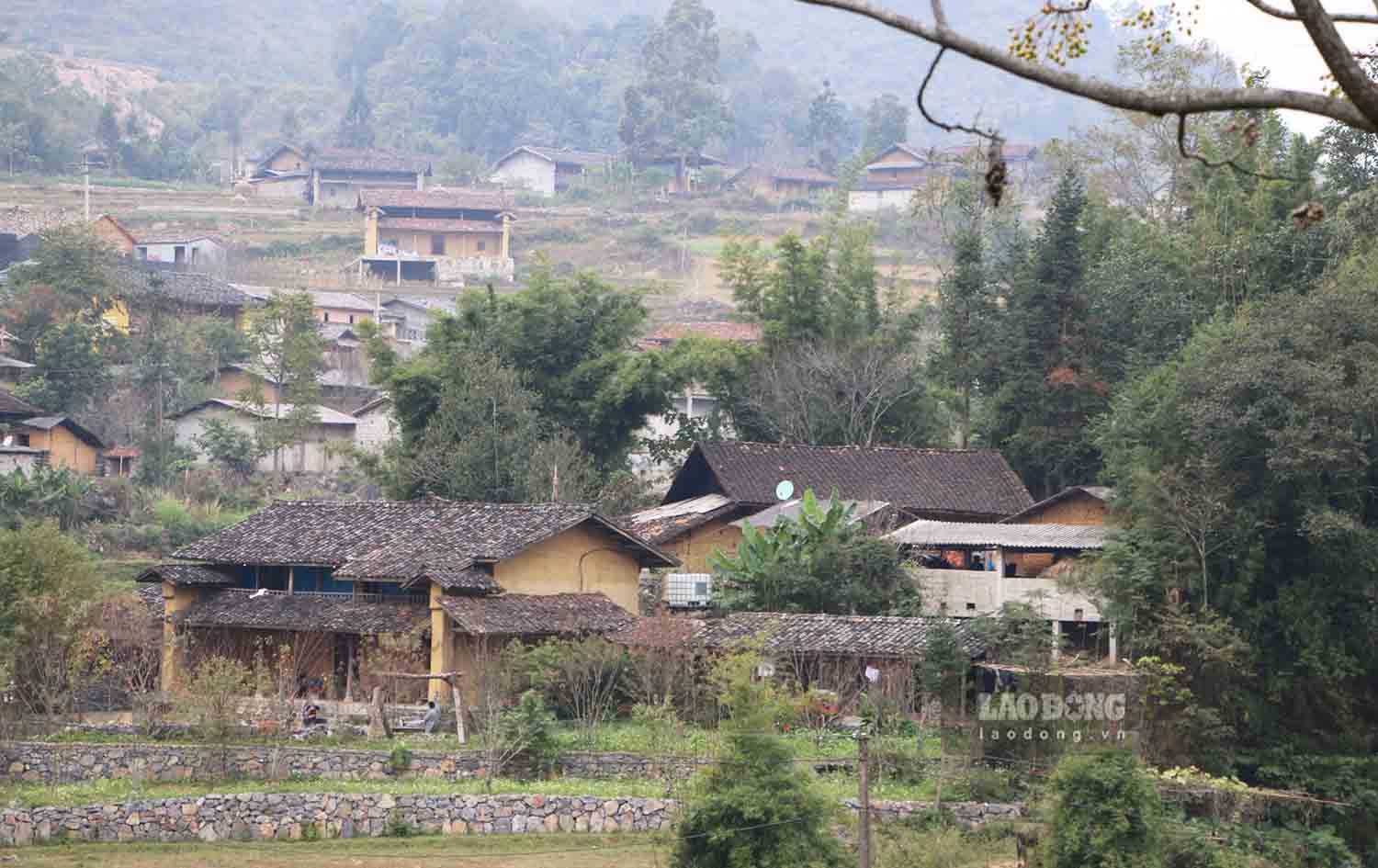
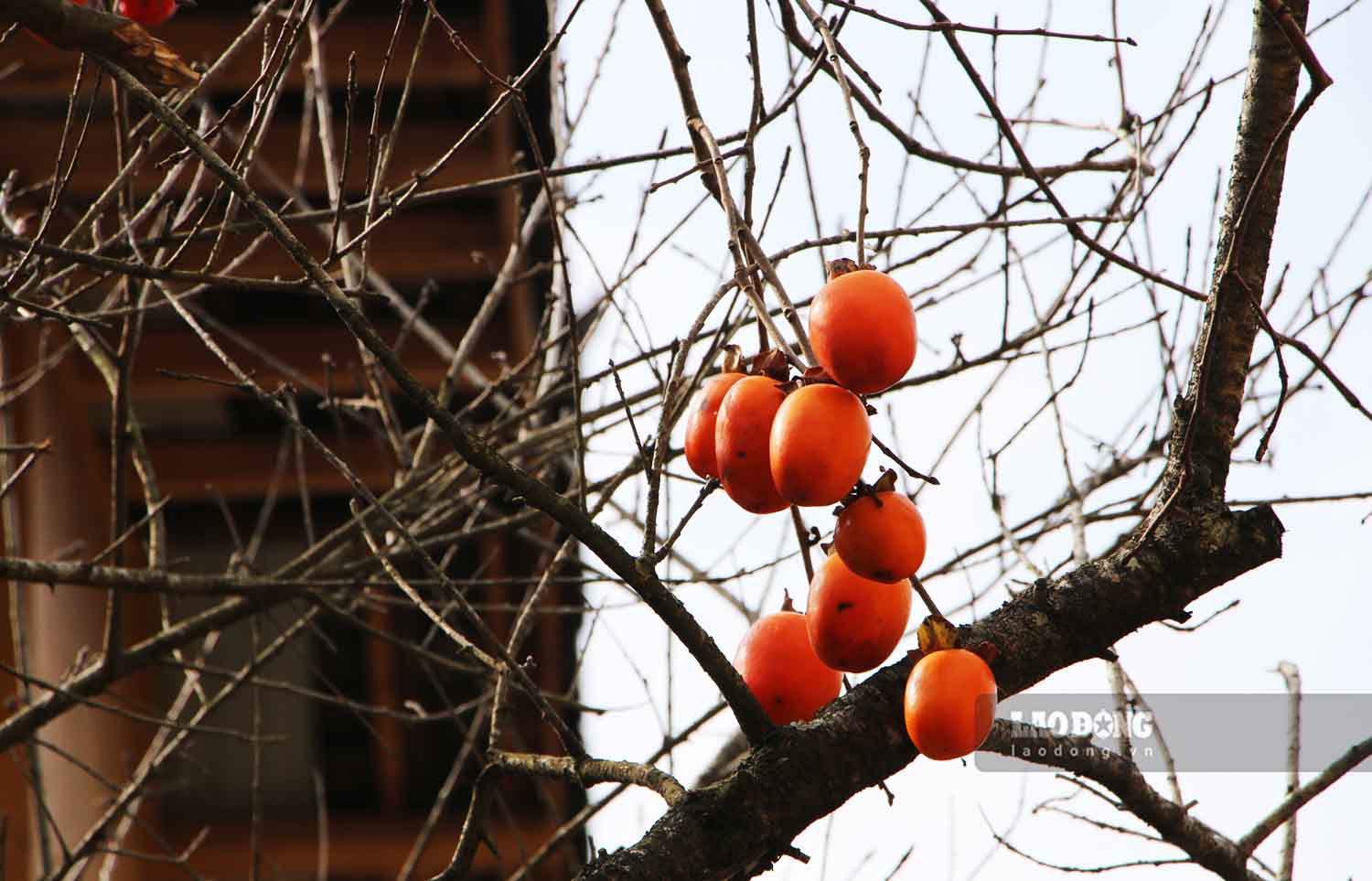
Lo Lo Chai has surpassed more than 270 applications from 65 countries to become one of the most typical community tourism villages in the world. This is the first time a community destination in Tuyen Quang has received this title.
The title of "Best Tourist Village in the World 2025" is a worthy recognition of the efforts of the Lo Lo community in developing sustainable tourism, preserving cultural identity and protecting the environment.

